Malta
Malta, located about ninety kilometres south of Sicily, served during World War I as a logistical base for Britain’s warfare in the Mediterranean (Malta was then part of the United Kingdom). It also served as a hospital and rehabilitation site for soldiers injured during the British campaign at Gallipoli. A small number of Turkish prisoners of war were also imprisoned in Malta.
When Italy declared war on Britain on June 10, 1940, Italian bombers attacked Malta the very next day. Malta’s geographical position between Italy and North Africa made it a strategic base for the British to attack Italian shipping convoys on their way to the North African theater of war with materials and supplies. This made Malta a strategic target for Italy and later Germany. From March 1941 and onwards, German convoys transporting supplies for the German Afrika Korps, also became targets for the british.
The Germans developed a plan to invade Malta with paratroopers, but this was abandoned after a similar invasion of Crete in May 1941 proved extremely costly. Therefore, both Italy and Germany focused on starving Malta by continuously bombing the island and attacking convoys of supplies on their way to Malta, thereby forcing Malta to submit and surrender.
Between June 11, 1940 and November 20, 1942, Italian and German bombers carried out 3343 air raids on Malta. In total, about 15 000 tons of bombs were dropped, destroying about 30 000 buildings. This makes Malta by far the most heavily bombed place in the entire Second World War. At its peak, Malta was bombed 154 days/nights in a row. In return, Allied submarines sank German and Italian convoys weighing around 400 000 tons.
British Royal Air Force (RAF) fighters fought fierce battles against enemy aircraft over Malta’s airspace. During the bombing raids, the Maltese population retreated to shelters scattered throughout Malta. About 1300 civilians lost their lives during the siege. The reason why the siege ended in November 1942 was because the Germans lost the initiative in North Africa, partly through the defeat at El-Alamein and partly through the Allied landings in North Africa.
It was also from Malta that the Allied liberation of Europe began on July 9, 1943, when Allied forces invaded Sicily. The invasion was led by US General Dwight D Eisenhower who, together with his staff, oversaw the invasion from an underground complex in Valetta (the capital of Malta) called the Lascaris War Room.
Current status: Preserved with museums/monuments (2019).
Location: 35°53'41.47"N 14°30'46.13"E (Lascaris War Room).
Get there: By foot and car.
Follow up in books: Holland, James: Fortress Malta: An Island Under Siege 1940-1943 (2003).
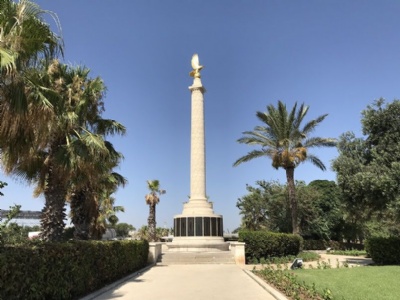



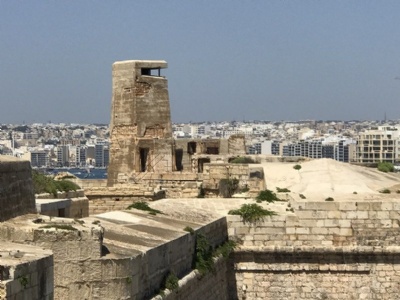
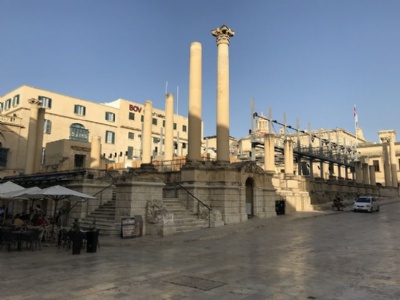

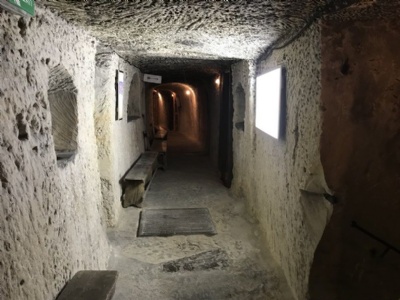
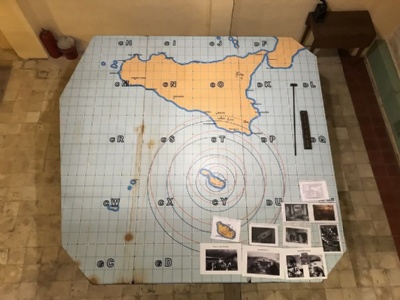
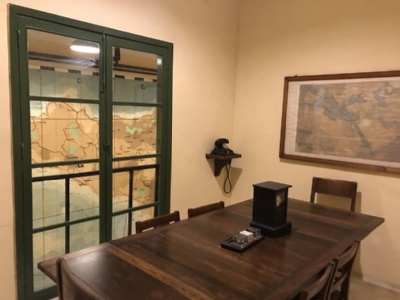

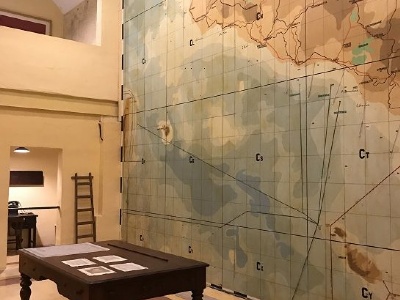
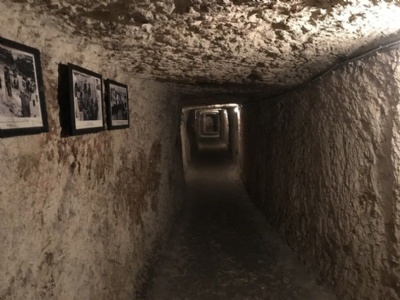
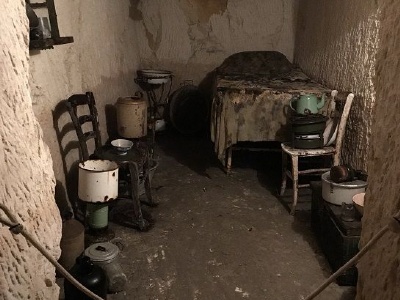
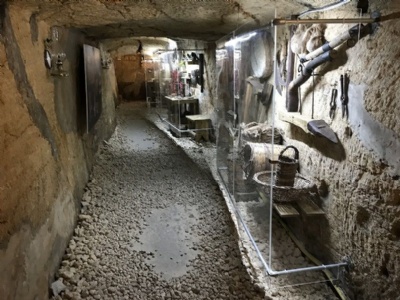
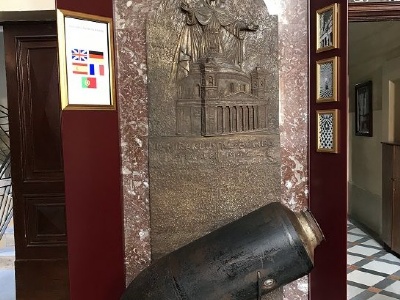


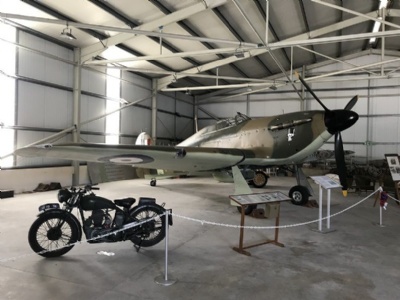
Malta has, perhaps, been undeservedly overshadowed as a theatre of war and is easily forgotten in this context. Its hardships and sacrifices deserve more attention than it has received. However, Malta itself has not forgotten the war and the monuments and sites are numerous and scattered throughout the island. There are several air raid shelters around Malta that the inhabitants were forced to stay in during the frequent air raids. Many of these shelters are open to visitors and several museums are entirely or partly about the war and in particular the siege. In addition to shelters, there are bunkers along the coastline, partly preserved, partly destroyed.
The cathedral in Mosta contains a replica of a bomb that didn’t explode when it hit the roof. The bomb was defused but the event is seen as an intervention by higher powers and thus has great religious significance. All sites can be easily visited either by car or by bus, although the roads are not always straightforward or accessible. The left-hand traffic and the right-hand drive cars may make people reluctant to rent a car, but I still experienced the pace of traffic as manageable and therefore recommend renting a car if you want to get around the island. For those who are satisfied with Valletta, there is plenty of history to fill a couple of days with.